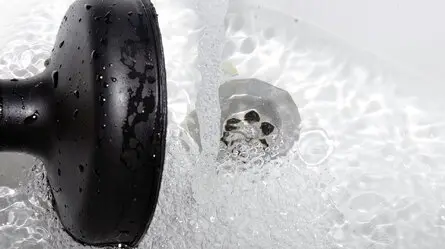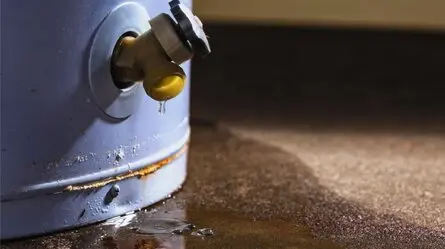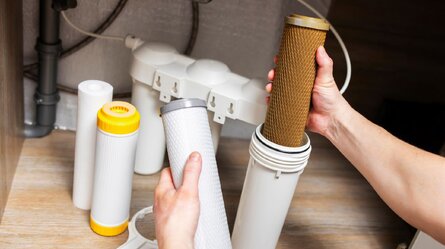Did you know a single leaking tap can waste more than 20,000 litres of water each year?That’s the equivalent of around 145 showers or several backyard pools going straight down the drain. It’s not just a waste of precious water—it’s a blow to your wallet and a potential threat to your home.
At first, that quiet drip might seem harmless, but over time, it can cause mould to grow, stain your sinks, rot your cabinets, or even weaken the structure of your walls or flooring. What begins as a small inconvenience can quickly spiral into an expensive problem.
In this blog, we’ll walk you through the common causes of leaking taps, the warning signs to watch for, and when it’s time to stop fiddling with the wrench and call in a professional.
Common Signs Your Tap Is Leaking
We all know the classic sign of a leaking tap, a constant, rhythmic drip that can drive you up the wall at 2 am. But sometimes, leaks are sneakier.
Look closely at the base of your tap. If it’s constantly damp or discoloured, even when no water is running, there’s probably a leak. You might also notice a small puddle around the spout or mounting area.
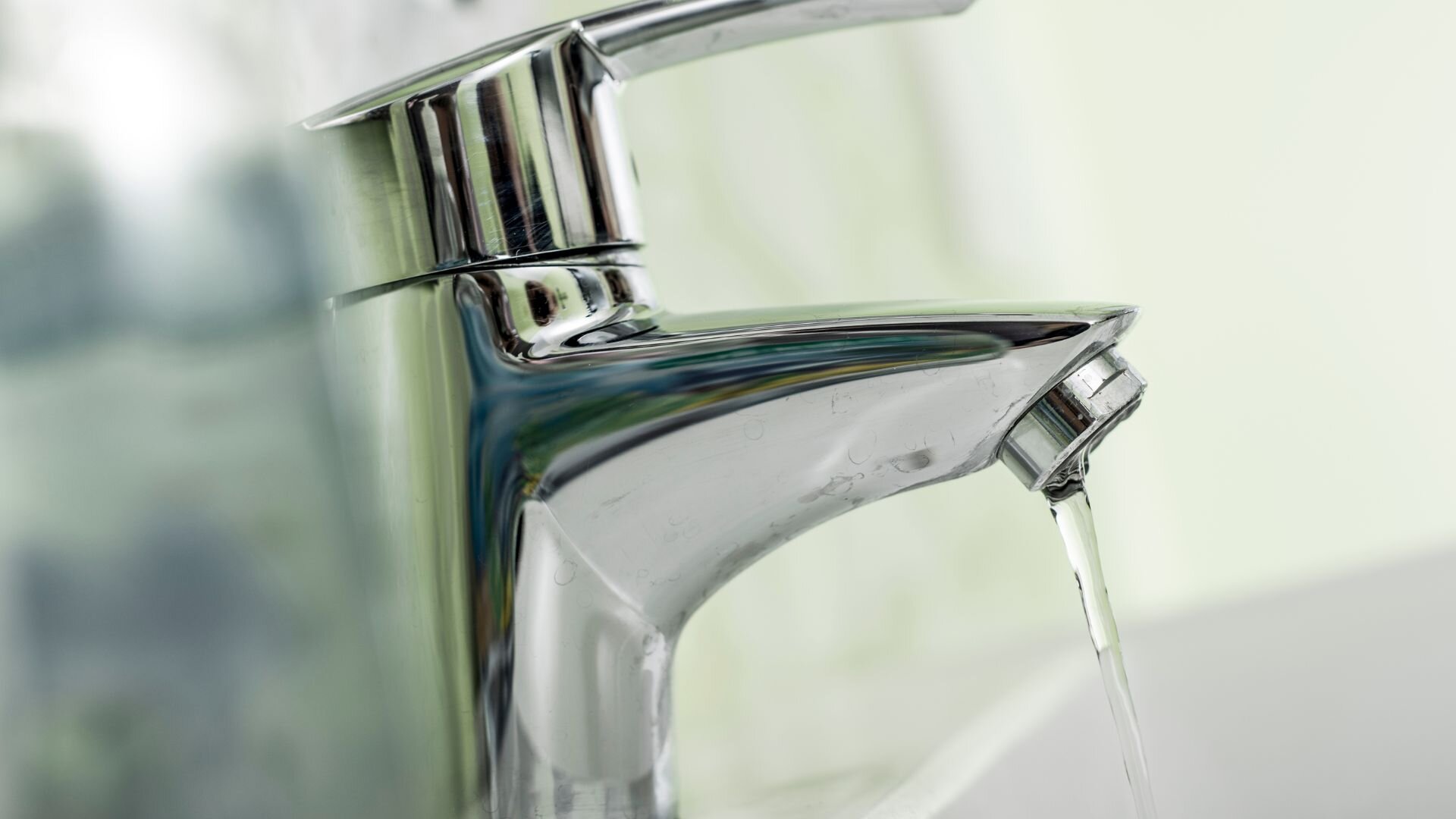
Is the tap suddenly harder to shut off? If you have to crank it tight to stop the flow, or it keeps dripping no matter how hard you twist, something inside might be worn out.
Don’t ignore hissing or trickling sounds when everything should be quiet. And if you see corrosion or chalky mineral deposits building up near the joints or spout, that’s another telltale clue.
These subtle signs are often easy to miss, but spotting them early can help you avoid damage and dodge an even costlier repair down the line.
Worn Out Washer or O-ring: The Usual Suspect
When it comes to leaking taps, worn washers and O-rings are public enemy number one.
A washer sits inside a compression tap. Every time you turn the handle, it presses the washer down against a valve seat to stop water flow. Over time, this constant pressure wears it out—it flattens, hardens, or cracks. Once that happens, water starts sneaking through.
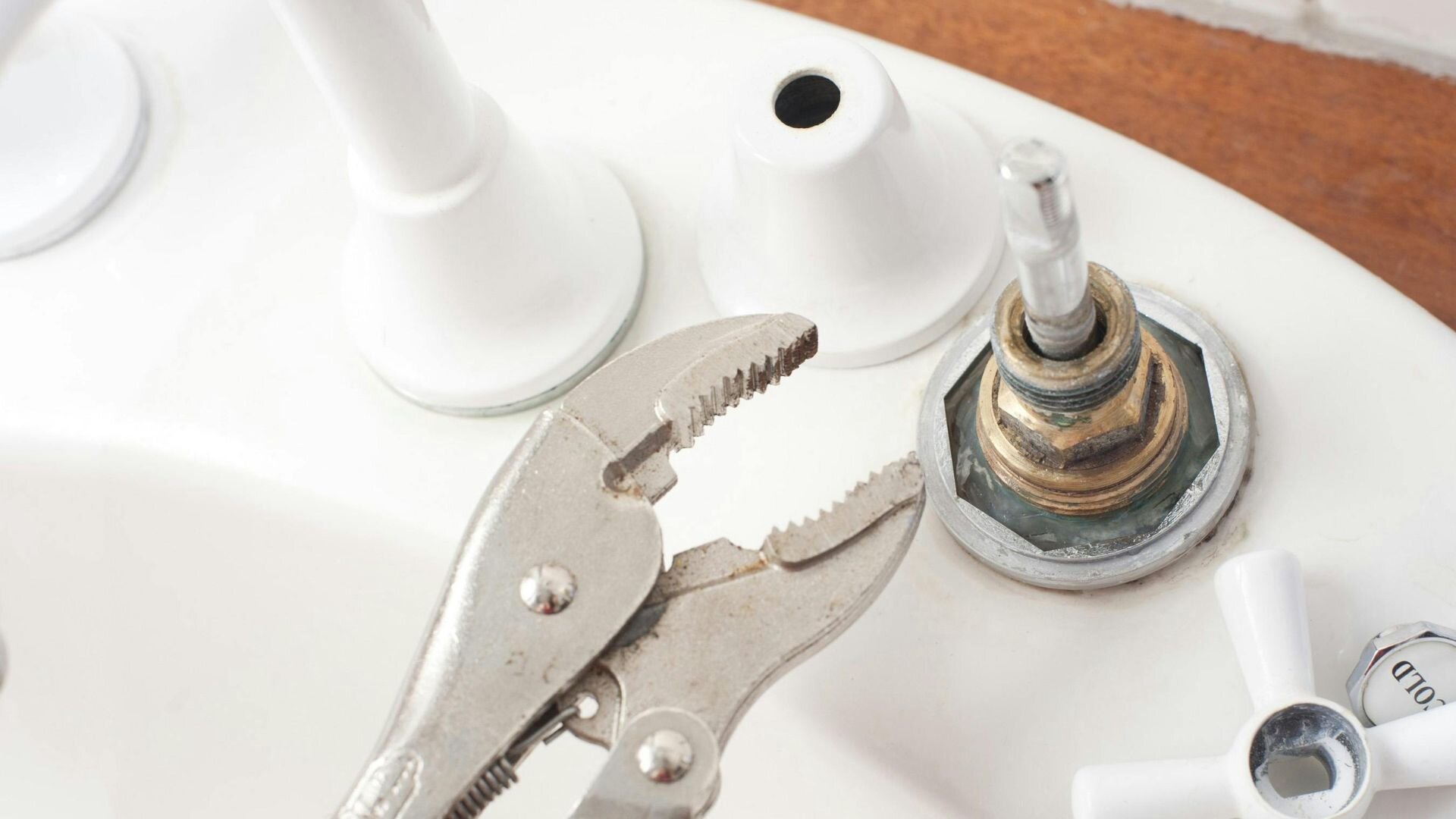
O-rings, on the other hand, are typically used in mixer taps. These rubber rings help seal moving parts and prevent leaks around the base or spout. Just like washers, they’re prone to wear and tear, especially in taps that get used frequently.
Improper installation is another common culprit. A washer or O-ring that’s too small, too large, or fitted incorrectly can cause leaks even if it’s brand new. And of course, nothing lasts forever—ageing washers lose their flexibility and ability to seal tightly.
If your tap is dripping or leaking from the base, there’s a good chance one of these tiny but mighty components is behind it. Thankfully, they’re usually easy to replace—if you know what you’re doing.
Corroded Valve Seat: The Hidden Trouble Spot
The valve seat sits inside your tap and connects the spout to the compression mechanism. It plays a big role in sealing off water once the handle is turned.
When water flows through the tap, minerals and debris from the mains can build up on the valve seat. Over time, this leads to corrosion, which stops the washer from sealing properly. The result? Persistent dripping even after the washer’s been replaced.
If your tap is leaking straight from the spout and you’ve already tried fixing the washer, the valve seat could be the problem.
Corrosion also affects water pressure and flow, and in worst cases, can damage surrounding parts. Because the valve seat isn’t visible without disassembling the tap, many homeowners miss it completely.
Professional plumbers have the tools to grind or replace a corroded valve seat without damaging the rest of your tap. Ignoring it won’t make it go away—it’ll just get worse, and costlier to fix.
Loose or Broken Tap Parts
Taps are deceptively complex. Under that shiny exterior are several moving parts—each of which can become loose, stripped, or broken over time.
The handle screw holds everything in place. If it loosens, you might notice the handle wobbling or failing to shut the tap properly. Spindles, which control the opening and closing mechanism, can become worn or bent, especially with repeated use. And glands, which seal the tap shaft, may harden or crack, allowing water to escape.
Even high-end taps can develop issues if they’re used daily or weren’t installed correctly in the first place. Cheaper taps may use low-quality parts that wear out faster.
If your tap feels unsteady, squeaky, or harder to operate than usual, it’s worth inspecting these components. Tightening a screw might be a quick fix—but if anything’s cracked or rusted, it’s best to replace the part entirely to avoid more trouble.
Leaking Taps and Water Pressure Issues: Too Much of a Good Thing
High water pressure might seem like a luxury until it starts damaging your plumbing.
Excessive pressure puts strain on seals, washers, and joints. It forces water through even the smallest gaps, turning a minor weakness into a full-blown leak.
Common signs of pressure problems include water hammer (those loud banging pipes), taps that spray instead of stream, or plumbing that vibrates when the water’s on. You might also notice water gushing out more forcefully than usual.
The problem isn’t just the leak—it’s the ongoing damage being done to your entire plumbing system. If left unchecked, it can shorten the lifespan of your taps and even lead to burst pipes.
Installing a pressure regulator can make a world of difference. It controls the flow rate, reduces wear on components, and makes your plumbing more efficient overall. If your taps keep leaking despite replacing parts, your water pressure might be the real culprit.
Leaking Taps from Poor Installation or DIY Gone Wrong
DIY plumbing jobs often start with good intentions, but they don’t always end that way.
One of the most common causes of leaking taps is improper installation. Maybe the wrong washer was used, the tap wasn’t aligned correctly, or the fittings weren’t sealed tightly enough. It might even be a mix of incompatible parts that don’t quite fit together.
While it might seem cheaper to do it yourself, small mistakes can lead to ongoing leaks and larger issues that cost more to fix later.
If your tap’s been “repaired” multiple times but still leaks, it’s time to question the work done. A licensed plumber can inspect the setup, identify faults, and make sure it’s fixed for good, not just patched up.
Ageing Plumbing Fixtures and Materials
Like everything else in your home, taps age. And when they do, they tend to show it.
Rubber components like washers and O-rings dry out, crack, or become brittle over time. Metal parts may corrode, especially in coastal areas or homes with hard water. Even durable materials like stainless steel aren’t immune to wear and tear after years of daily use.
You might notice a gradual increase in leaks, squeaky handles, or difficulty turning taps on and off. If your tap is over a decade old and has seen frequent use, replacing it might be more cost-effective than constant repair.
Newer tapware is often more efficient and uses water-saving technology, which can help cut down on your bills. If in doubt, get a plumber to assess your system and recommend whether a replacement or a repair is the better option.
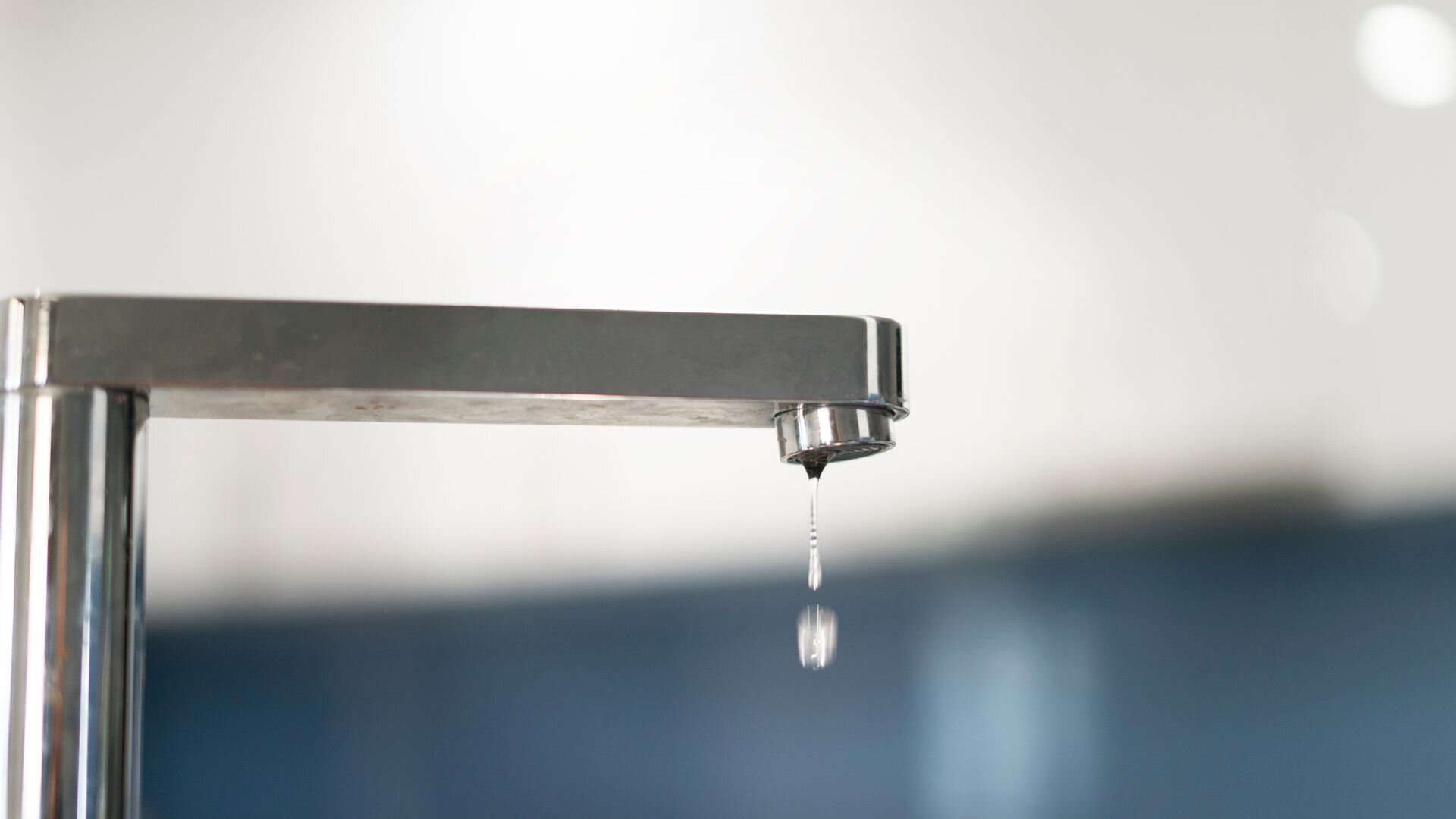
When to DIY and When to Call a Plumber
Here’s a quick checklist to know when it’s time to bring in a pro:
- Tried replacing the washer, and it’s still dripping?
- See rust, corrosion, or water stains near the base?
- Tap keeps leaking after multiple DIY fixes?
If you ticked any of the above, it’s time to call a plumber.
Professionals bring specialised tools, experience, and the ability to spot hidden issues. They’ll save you time, prevent future damage, and make sure everything’s compliant with local plumbing codes.
Sometimes, the smartest fix is admitting it’s beyond your toolbox.
Don’t Let That Drip Drain Your Wallet
It’s easy to ignore a small leak until your water bill doubles or the cabinet beneath your sink starts smelling musty.
Leaking taps don’t just waste water—they waste money, time, and energy. That constant drip can add stress, cause property damage, and slowly wear away at the parts of your home you rely on every day.
If you’ve spotted any of the signs we’ve covered or have tried fixing it yourself with no luck, don’t wait for things to get worse.
For expert diagnosis and quick, reliable tap repairs, get in touch with Woolf Plumbing, your local specialist in tackling leaking taps across Perth. We’ll sort it right the first time and save you the headache later.


